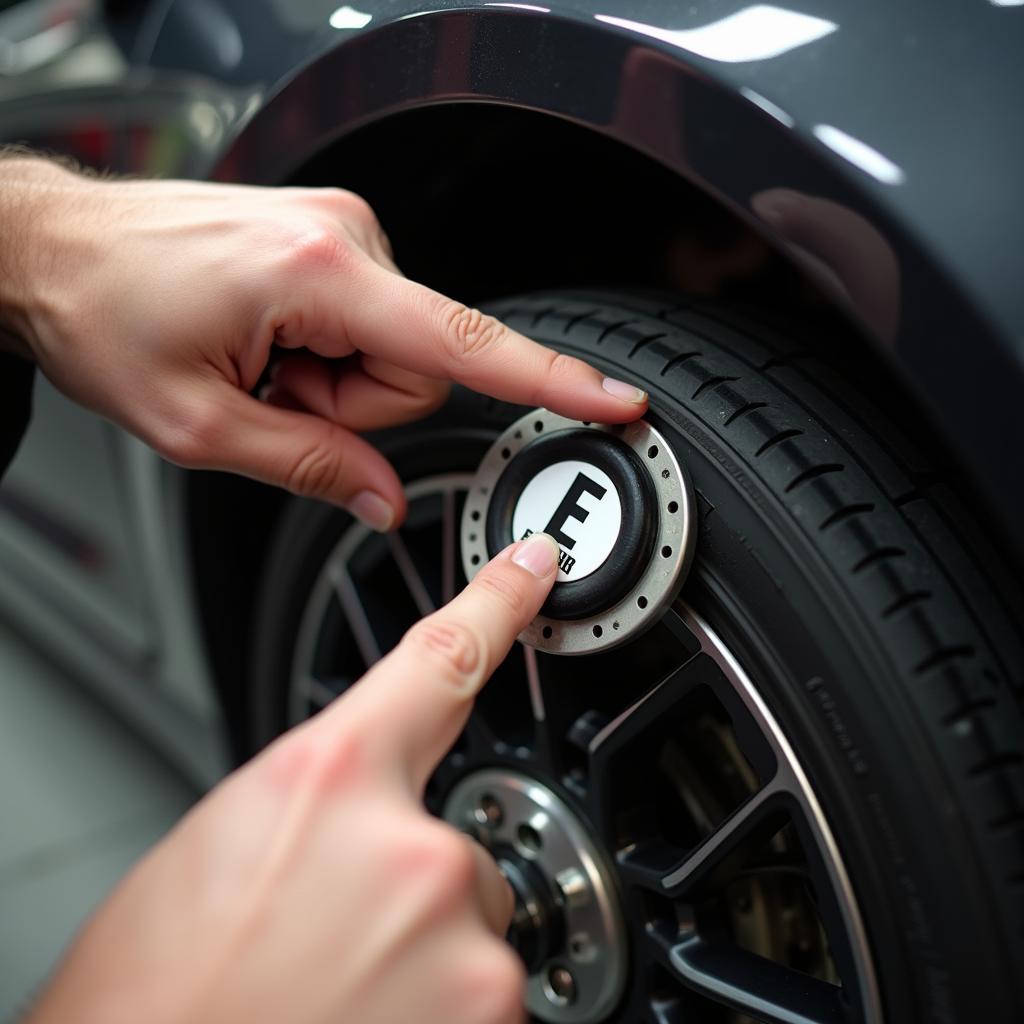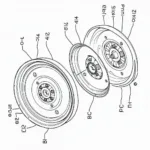The world of vehicles is growing increasingly complex and electronic. What used to function mechanically is now controlled by sensors, control units, and software. Along with this comes a multitude of test marks and approval regulations that are often difficult for laypeople to understand. One of these marks you encounter repeatedly is the “E-mark”. But what exactly does it mean, and how can you check it?
The E-Mark: A Guarantee for Safety and Quality
Imagine you are looking for new headlights for your car. While browsing online or in accessory stores, you encounter countless offers – but not all products live up to their promises. This is exactly where the E-mark comes into play. It signals that a component meets European safety and quality standards and is legal for use in road traffic.
The E-mark, often also referred to as the ECE mark, is recognizable by a small circle containing the letter “E” and a number. The number indicates the country where the component was tested and approved. For example, the number 1 stands for Germany, 2 for France, and so on.
Why is the E-Mark So Important?
A component with an E-mark offers you as a vehicle owner numerous advantages:
- Safety: You can be sure that the component meets strict European safety standards and therefore does not pose a risk in road traffic.
- Quality: The E-mark is an indicator of high product quality and durability.
- Legality: Only components with an E-mark are legal for use in road traffic.
- Insurance Coverage: In case of damage, it can be relevant that an installed replacement part has a valid E-mark.
Checking the E-Mark: Here’s How!
Checking the E-mark is usually straightforward. Pay attention to the following points:
- Visibility: The E-mark must be clearly visible and permanently affixed to the component.
- Number: Check the number in the E-mark. It provides information about the country where the test was conducted.
- Condition: The test mark must not be damaged or illegible.
 Inspecting the E-mark number on a car component
Inspecting the E-mark number on a car component
Frequent Questions About the E-Mark
Question: Do all vehicle parts require an E-mark?
Answer: No, not all vehicle parts require an E-mark. It primarily concerns safety-relevant components such as headlights, tail lights, tires, seat belts, or airbags.
Question: What happens if I install a component without an E-mark?
Answer: Using non-approved parts can, in the worst case, lead to the invalidation of the vehicle’s operating license. Insurance coverage can also be jeopardized.
Question: Where can I find more information about the E-mark?
Answer: Detailed information can be found on the websites of the Kraftfahrt-Bundesamtes (KBA) and TÜV.
Conclusion
The E-mark is an important quality feature for vehicle parts. It gives you the assurance that a component meets European standards and can be legally used in road traffic. When buying replacement parts, therefore, be sure to look for the presence of the E-mark.
Do you have questions about other important aspects concerning your vehicle, such as Helmets for Vespa Scooters? On autorepairaid.com, you will find numerous other information and helpful tips regarding cars and repair.
Other Interesting Topics on autorepairaid.com:
Feel free to contact us if you have questions or need support with your vehicle repair. Our experts are always ready to assist you with advice and practical help!

